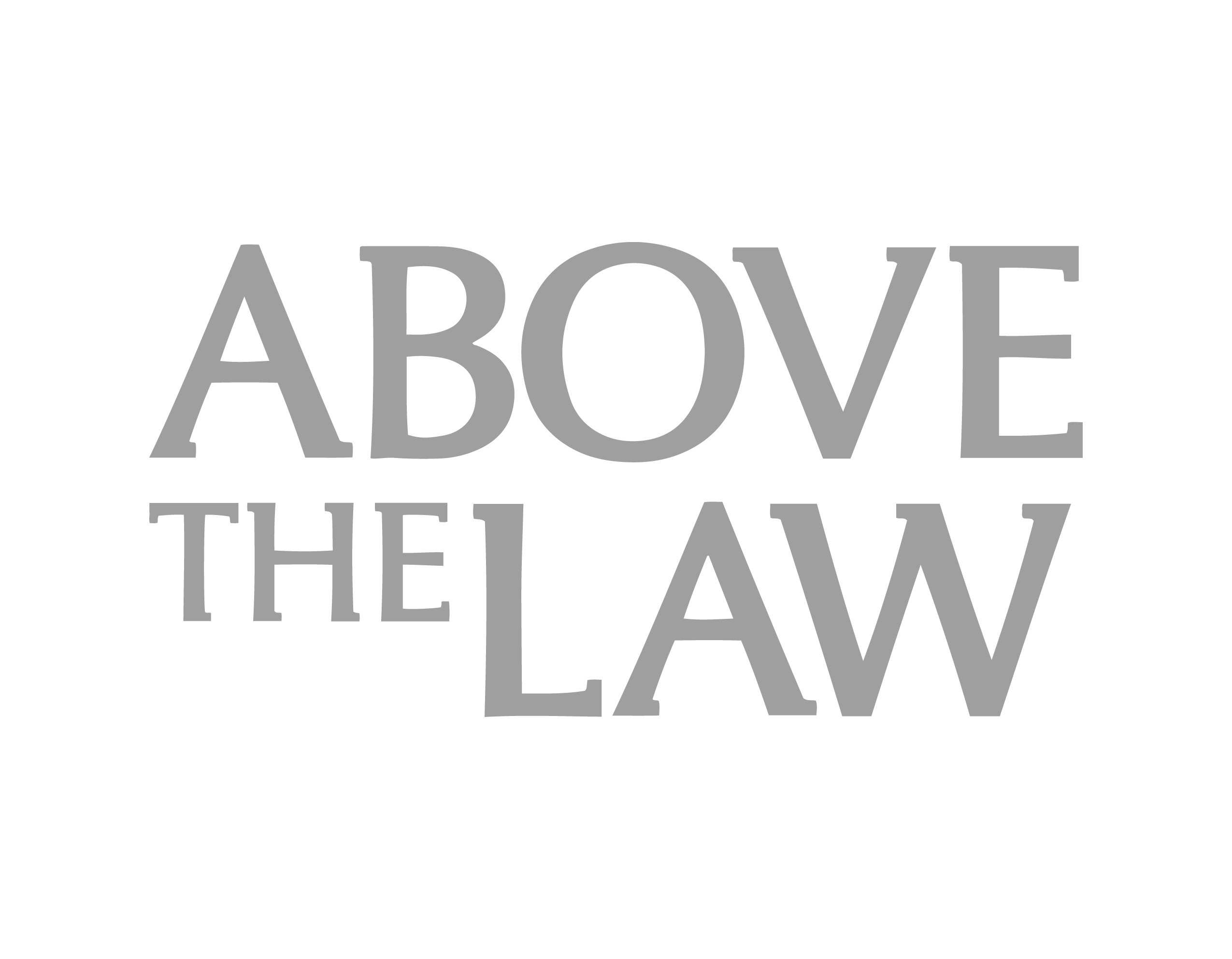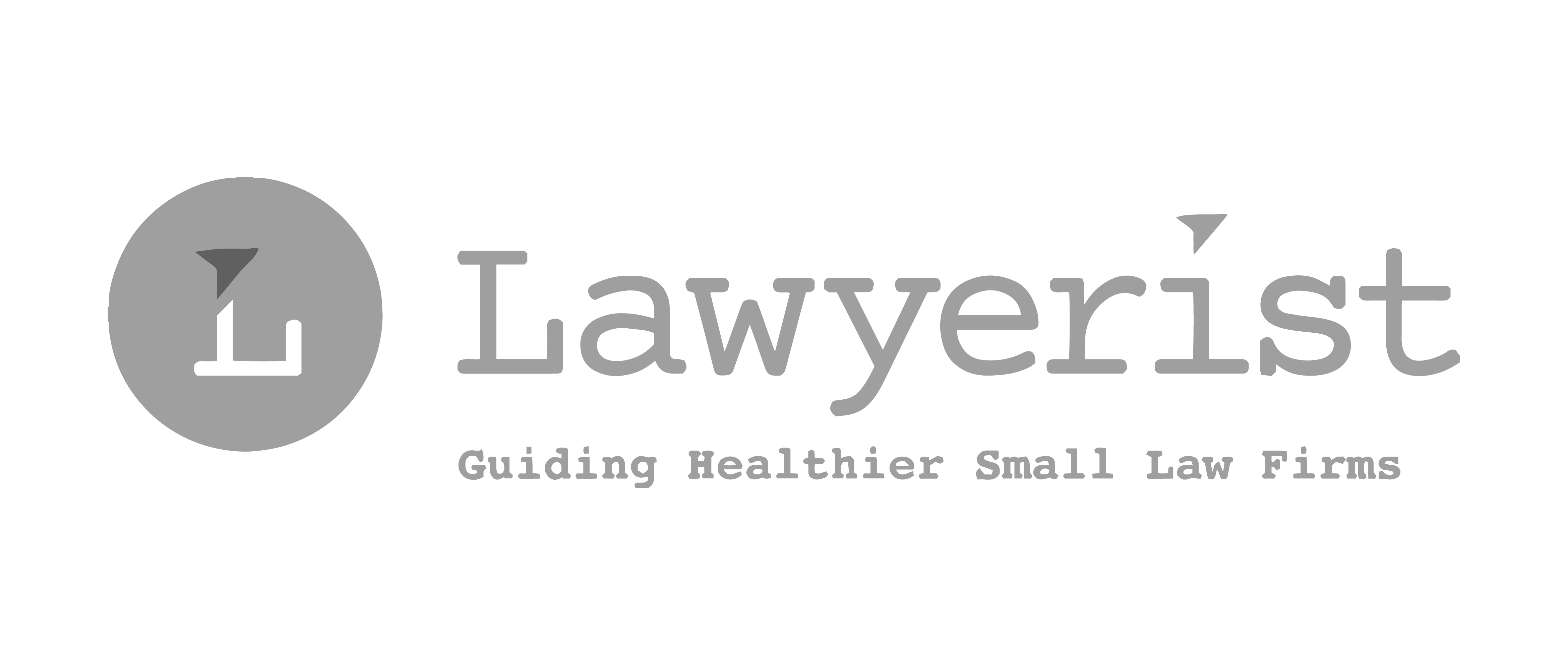The Art and Science of Powerful Legal Presentations
Why is it hard to make captivating presentations? The basic problem is that many times, presenters fail to consider their audience.
As an attorney or litigation support professional, you can spend hours and hours digging through the minutia of a matter to find the most important or damning pieces of evidence. After all of that hard work, it’s tempting to want to show a jury, judge, arbitrator, regulator, or other audience everything you have found. However, behavior scientists have found that in compelling presentations, nothing turns an audience off like too much information.
The Trial Presentation Blues
Research has shown that that immediately after a 10-minute presentation, listeners only remembered 50 percent of what was said. By the next day that had dropped to 25 percent, and a week later it was 10 percent.
But you can’t blame your audience if they fail to absorb information. It just means you haven’t been able to make your presentation compelling. So what does work?
To start, a multi-media presentation is going to be more effective than a lecture. Science has found that very little information is retained if it is only heard.
The same is true if it’s only seen. However, anywhere from 50 percent all the way to 2/3 of content is remembered if the information is contained in an audio AND visual presentation.
Things that science has proven increase retention:
- Stories
- Analogies
- Examples
- Images
- Repetition
And, of course, repetition. And repetition…. you get the point.
Things science has shown does not increase retention:
- Raw information
When bullet points are necessary, keep them short and punchy,
like this:
- Have excellent visual aids
- Repeat core themes
- Simple, simple, simple
So, what does this mean in practice? How can you put these insights into practice and win your audience’s attention?
Keep it Simple
Your presentation is for the benefit of the audience. But boring an audience with bullet point after bullet point is of little benefit to them and some of your best slides may have no text at all. It is ok to add some bullet point slides throughout your presentation, but keep the bullets simple and limit the number of bullets to no more than six per slide.
Use Powerful Images
You should also use high-quality quality images, such as simple icons or high resolution photo images. (The Nextpoint Client Success team can always assist with directing you to online resources for finding high-quality images.)
Make it Pop
Consider how you use color and movement. When using color to highlight key text, it is important that you don’t go overboard on one slide and have too many highlights. Also some animation is a good thing, but stick to the most subtle and professional animations. A simple Wipe Left-to-Right from the Animations menu in PowerPoint is good for a bullet point, but a Move or Fly, for example, can be too tedious and slow.
How to Start Wowing Your Legal Audience
The first rule of legal presentations is Don’t Be Generic.
For example, you know that jurors have seen a standard-issue template like the one below about a bazillion times.
When using generic templates with little personality, you risk losing your audience’s attention. Instead, try some simple customization and color to make them stand out and hold attention. Some simple customization including curved edges, color contrast, gradients, and better fonts for more readable slides.
One important first step to ensuring your presentations are not generic is simply to have good Master slides. This is the foundation of a good visual presentation.
One Slide to Rule Them All
Anything you’d like to appear on ALL slides should be placed onto the top level master slide. Usually this will be your background color or image, slide title placeholder, footer placeholder and page number. Anything you’d like to appear on a specific slide type layout should be placed on the corresponding master layout slide. This may include text placeholders, image placeholders and/or accent boxes. Custom color palettes can also be created within Master View.
Once your master slide layouts are in place, exit Master View to return to slide edit mode. See the images below for instructions on how to use your layouts to start building slides.
However, once you have a good master slide, don’t rely on it too heavily or your audience will get bored quickly. As I mentioned, good stock images (NOT cheap clip art), simple icons, and short punchy text will go a long way to making your presentation memorable. If you only have a couple bullet slides, consider using icons instead of plain circle or square bullets for additional visual impact.
These are the basic outlines of a smart presentation strategy. You can find a lot more tips on the Nextpoint blog. Most of these are simple tips, but when taken together, they deliver professional, polished presentations that make sure your audience understands and retains what you’re trying to tell them.
ABOUT THE AUTHOR
Erinn Lawber is the Art Director for Nextpoint’s Client Success team. She has been with Nextpoint since 2006 and has contributed quality presentation design to countless trials, arbitrations, hearings over the past 8 years.
Share post:








